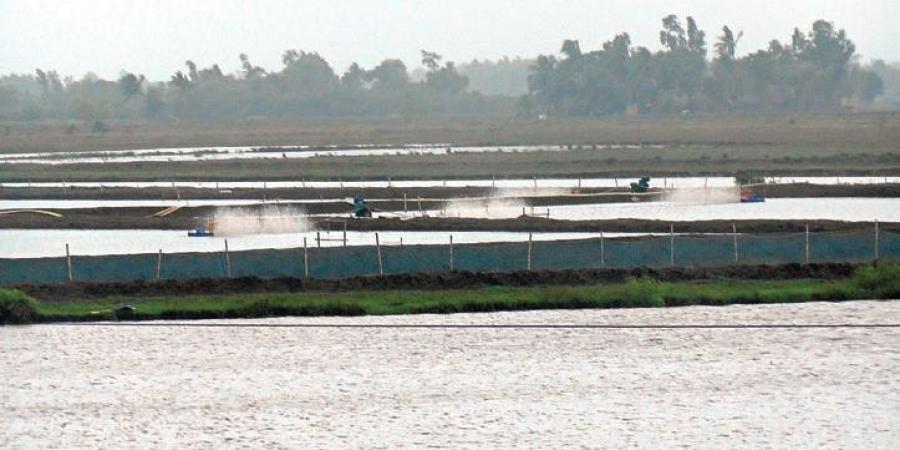Kendrapara: The haste shown by the district administration in the implementation of saline fish cultivation has allegedly led to mushrooming of illegal prawn gheries on the coastlines of Kendrapara district, sources informed Tuesday. The Odisha government is promoting brackish water aquaculture as a means of livelihood for people in the coastal district. The administration is going all out to implement the project in haste which has led to mushrooming of the prawn gheries.
Taking advantage of the situation, unscrupulous people have set up prawn gheries along the coastline as well as inside the Bhitarkanika National Park (BNP). Mushrooming of the prawn gheries is not only limited to Kendrapara. One can see scores of such gheries from Dhamra in neighbouring Bhadrak to Paradip in Jagatsinghpur district. This has happened allegedly due to the ineptitude of the district administrations and the haste they have shown in promoting saline fish cultivation.
However, the gheries have proved to be detrimental to the ecosystem and bio-diversity of BNP. Toxic chemical effluents and fumes they discharge are polluting the air, water, and land and in the process, harming human beings, wildlife, and marine creatures. Locals and environmentalists alleged that the district administration’s encouragement to saline fish cultivation has only led to mushrooming of prawn gheries which is in violation of an Orissa High Court order. It had said that such illegal gheries must be taken down as quickly as possible.
However, the haste with which saline fish cultivation is being promoted in this district has led to a complete halt in destruction of illegal prawn gheries. Environmentalists Hemant Kumar Rout, Dolagobind Jena, Pradip Kumar Padhy, Sunil Kumar Gantayat, and Pratap Kumar Tripathy blamed the state government and district administration for the flourishing of the gheries. The gheri owners are carrying out their jungle raj in Bhitarkanika by encroaching upon large tracts of land in the wildlife sanctuary. The coastlines in the jungle have slipped into the hands of these unscrupulous persons, said environmentalists. Things have come to such a pass that every day 10 to 20 new gheries are coming up inside the deep forested regions of Bhitarkanika. Aviators and motor pumps being used in the gheries are producing deafening noise disturbing the natural tranquility and affecting wildlife inside the sanctuary.
Various chemicals, and pesticides used in the gheries are causing the deaths of wild animals and marine creatures. It is alleged that over 14 types of banned medicines are being used in these gheries to boost the growth of shrimps and prawns. The toxic effluents discharged by these gheries flow into the nearby nullah and then into the sea, harming the fish population and other creatures. Currently, it is the breeding time of 263 types of fish in the Gahirmatha marine zone. The toxic effluents are hindering the growth of the fish population, locals said. It is apprehended that migratory birds will stop coming here. Recently, the Forest department said that the population of dolphins has increased in and around Bhitarkanika.
However, it is feared that the dolphin population might decline in the coming days due to these reasons. The mushrooming of gheries has also affected farming in the area. Owners have constructed small channels and drains to bring seawater to their gheries. However, seawater often flows into the farmlands and turns them unfit for cultivation as the salinity increases. The overflowing of seawater often results in fights between the farmers and gheri owners. When contacted, sub-collector Niranjan Behera said that some farmers have received permission for saline fish cultivation. However, those who have set up gheries without permission will be evicted, he said.
